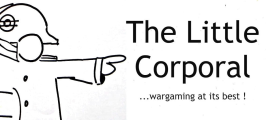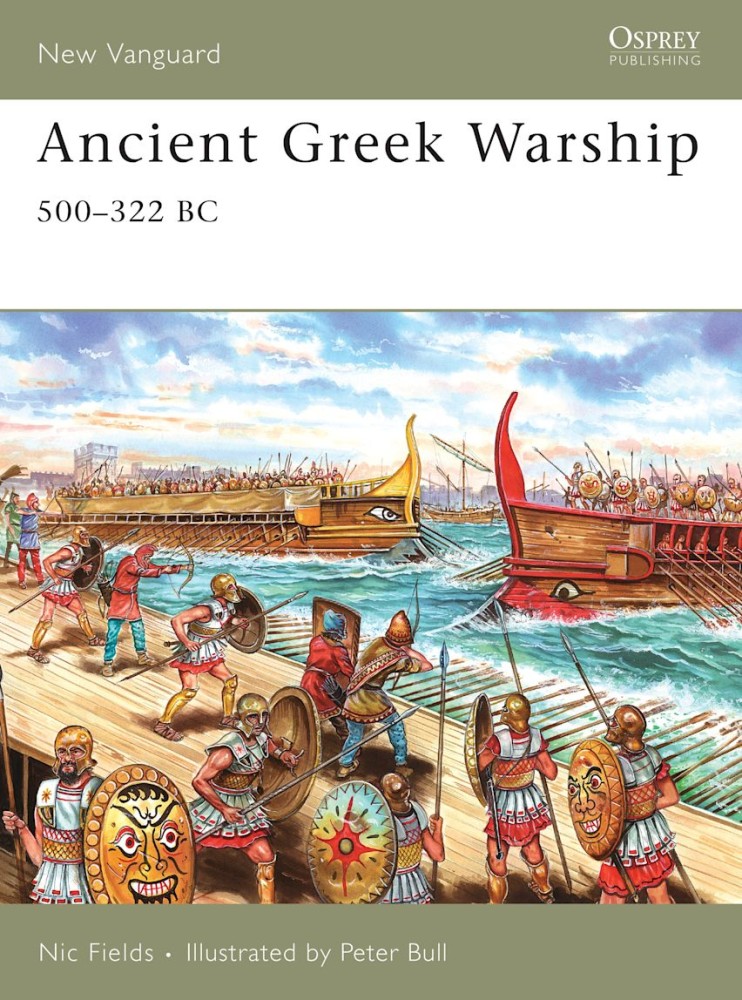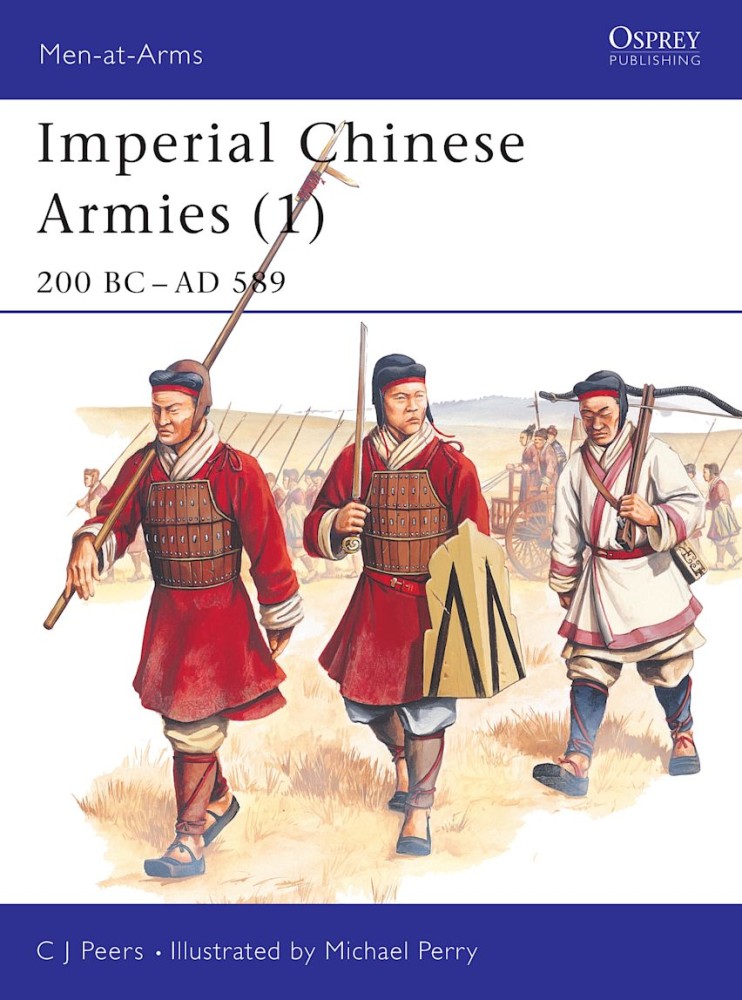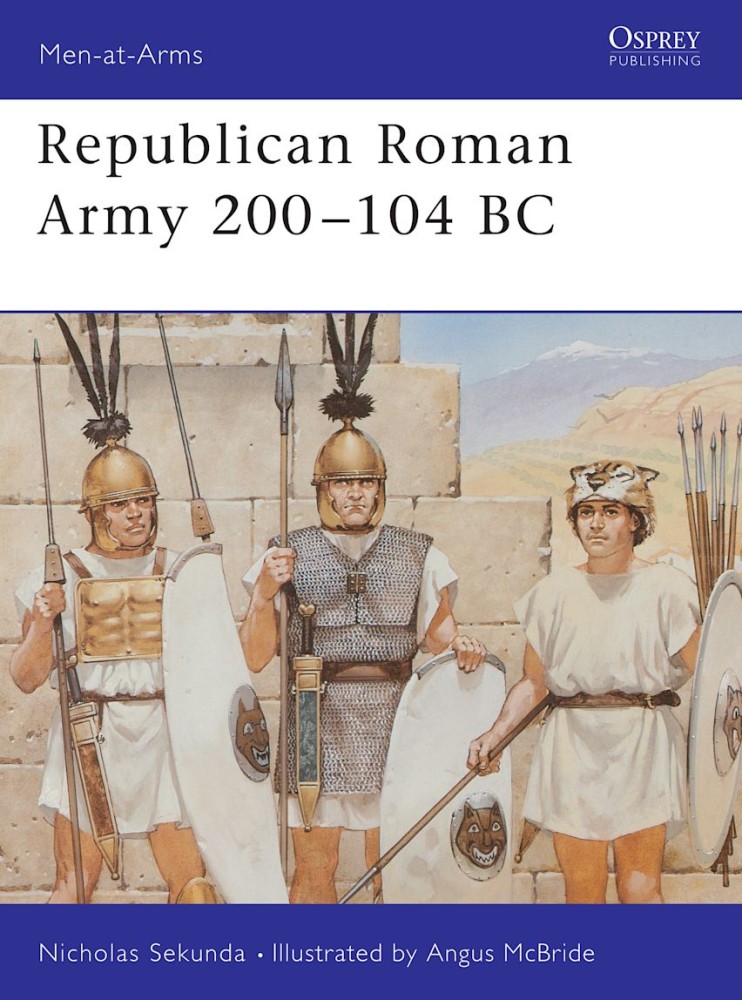Formidable and sophisticated, triremes were the deadliest battleships of the ancient world and at the height of their success the Athenians were the dominant exponents of their devastating power. Primarily galleys designed to fight under oar power, their main weapon was a bronze-plated ram situated at the prow. This book offers a complete analysis of the most potent battleship of its time; the weapon by which Athens achieved, maintained and ultimately lost its power and prosperity.
After AD 304 the five 'barbarian' tribes divided north China among themselves, setting up dynasties which were often Chinese only in name, and feuding constantly both with each other and with the native states, whose stronghold was now in the south. It was under this barbarian influence that the heavily-armoured cavalry which were to become the striking force of the great T'ang dynasty in the 7th and 8th centuries first developed. In a knowledgeable text complemented by numerous illustrations, this book explores the history, weaponry, tactics and organisation of medieval Chinese armies between 200 BC and AD 589.
The principal source of information on the Roman Republican Army is the sixth book of the Histories of the Greek historian Polybius, written a little before 150BC. This engaging text by Nicholas Sekunda draws heavily on this vital source to outline the equipment and organisation of the Roman Republican Army from 200104 BC a time when Rome was growing from a regional to a world power. With plenty of photographs and illustrations, including eight vivid full page colour plates by Angus McBride, this fascinating volume examines such topics as the Roman shield, helmets, the cuirass, greaves, the pilum, legion organisation, the principales and the tactics they employed. Men-at-Arms 283, 291 and 46 are also available in a single volume special edition as 'Caesar's Legions'.



